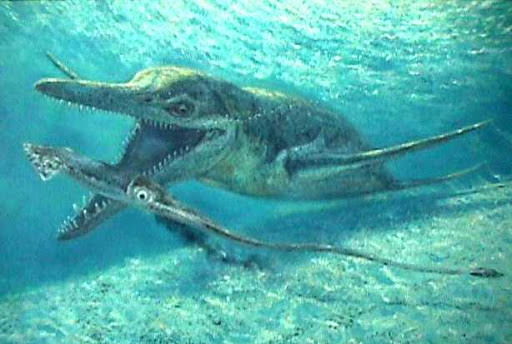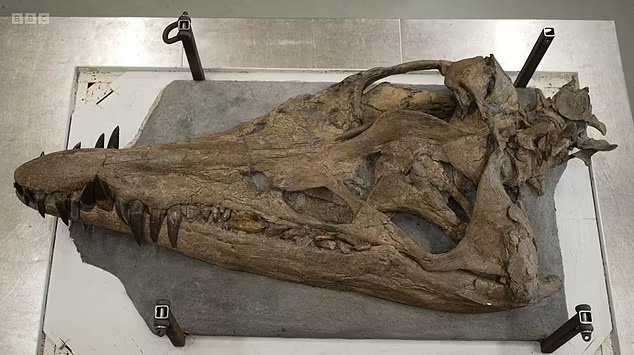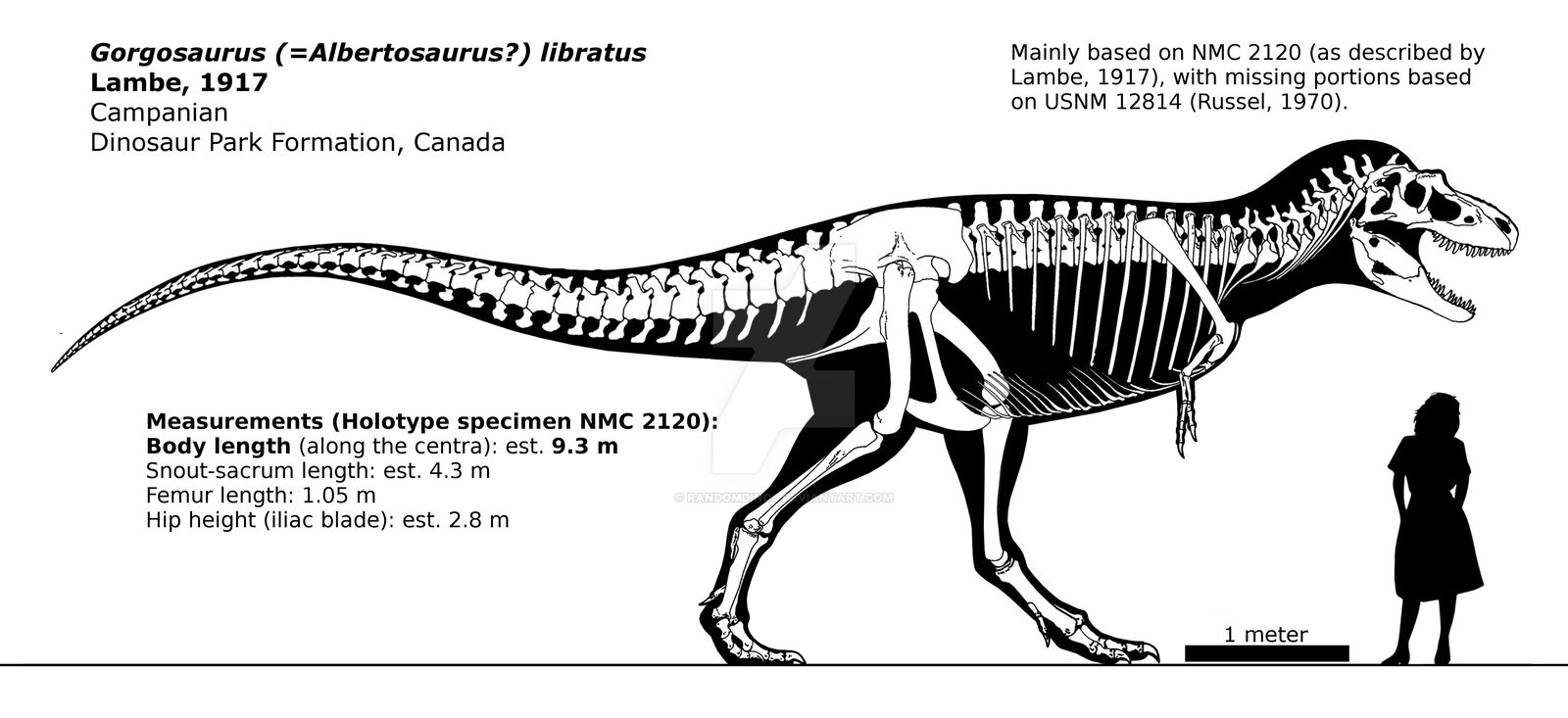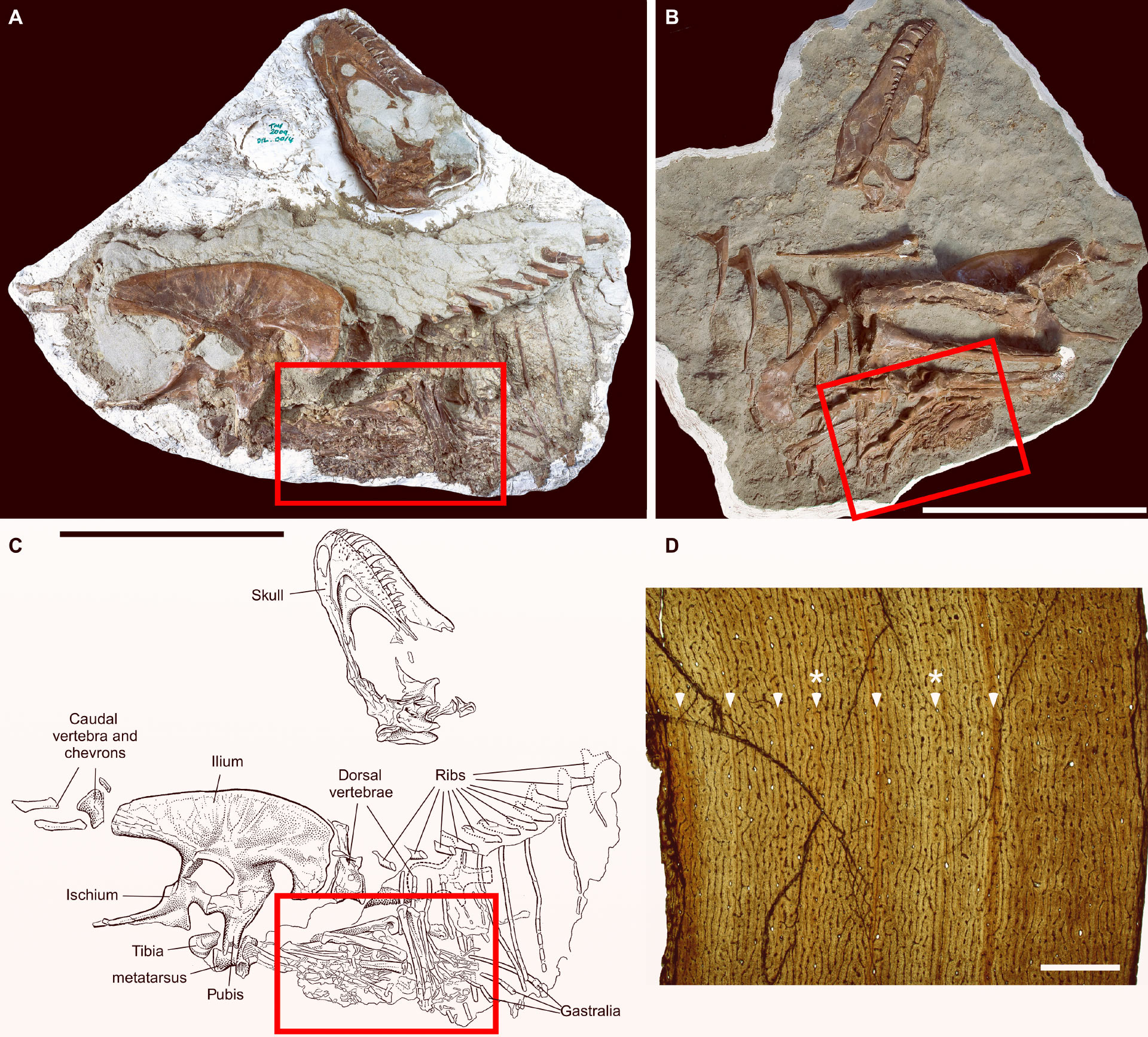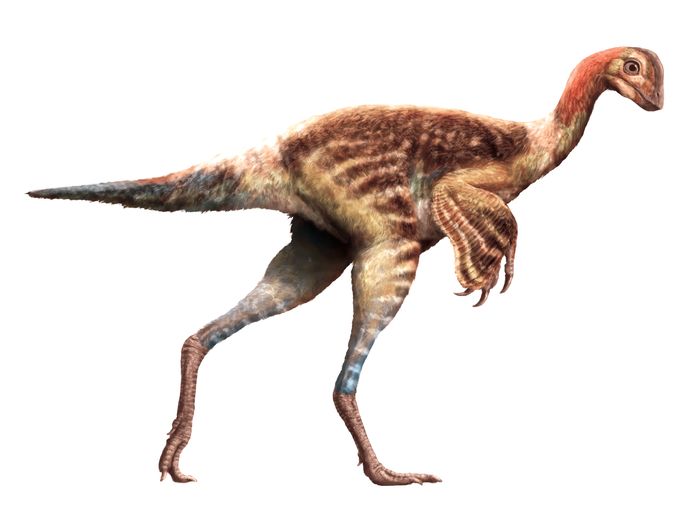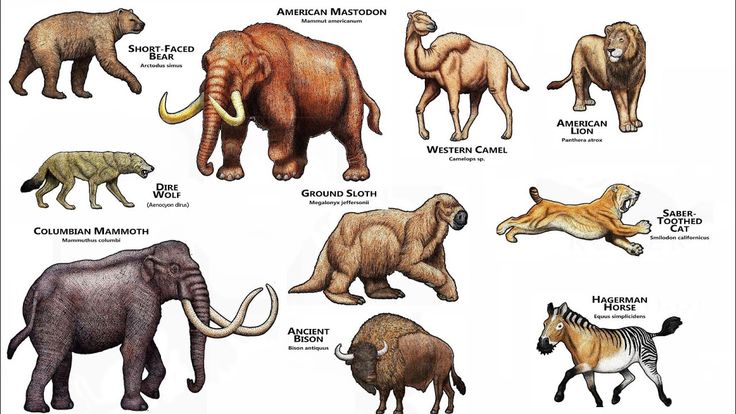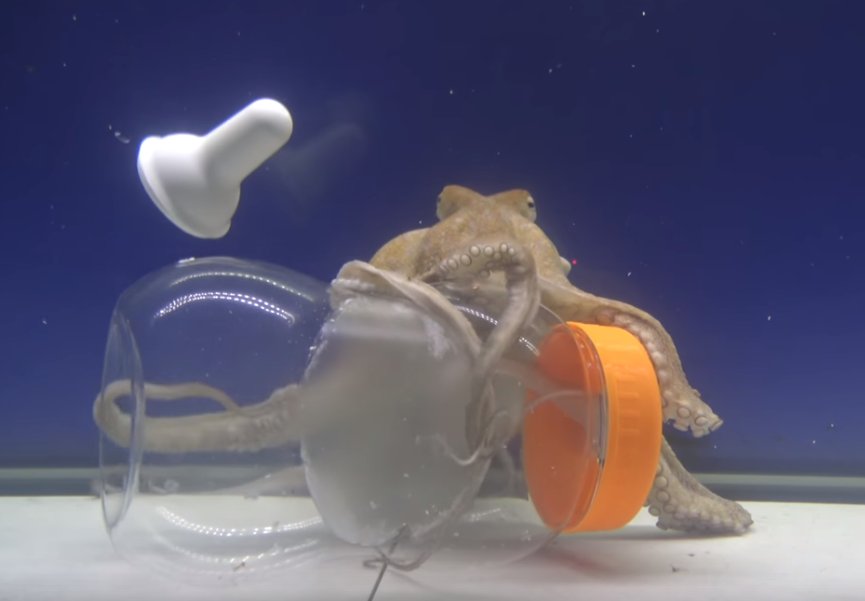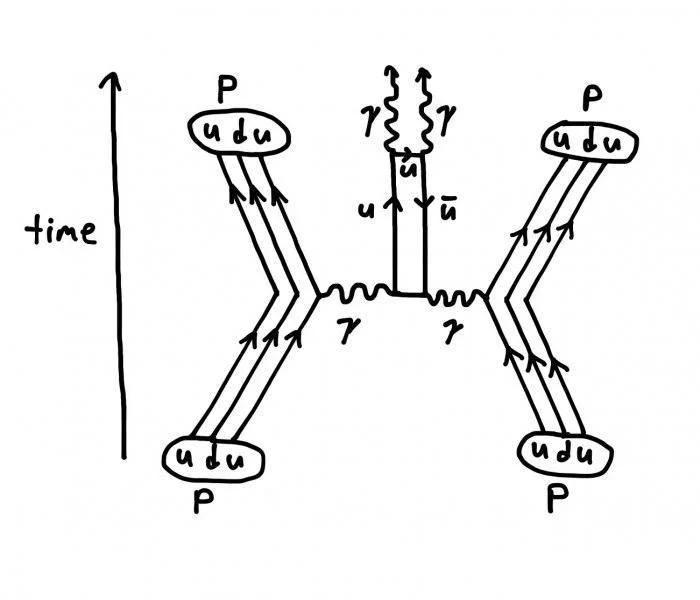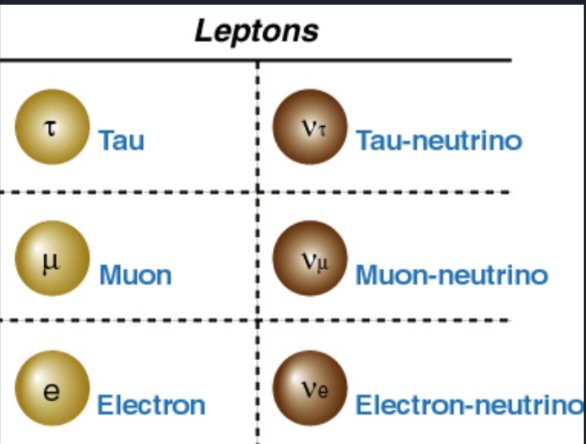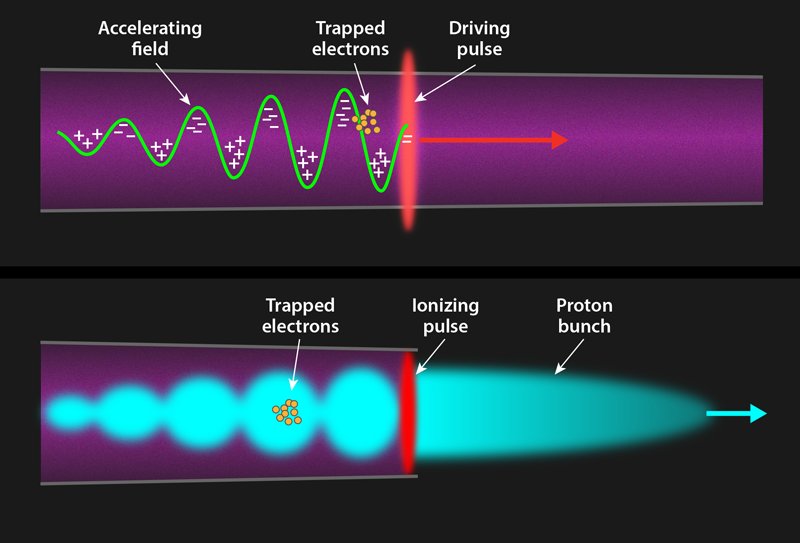We all know that the cosmic zoo has many weird and wild inhabitants. In addition to the familiar stars, planets, moons, asteroids and comets there are quasars, black holes, neutron stars and brown dwarfs to name just a few. One of the least understood types of objects are known as Fast Radio Bursts (FRBs) which were first discovered in 2007. FRBs are exactly what their name implies, extremely powerful radio emissions that only last for a few thousandths of a second.

The fact that FRBs only last around a millisecond makes them very hard to study. Think about it; let’s say a radio astronomer is studying the Andromeda galaxy when out of nowhere, bam there’s a burst of radio energy that’s gone before he can react to it. Hopefully the scientist’s instruments have recorded something but there certainly wasn’t time to make any detailed measurements of the FRB.
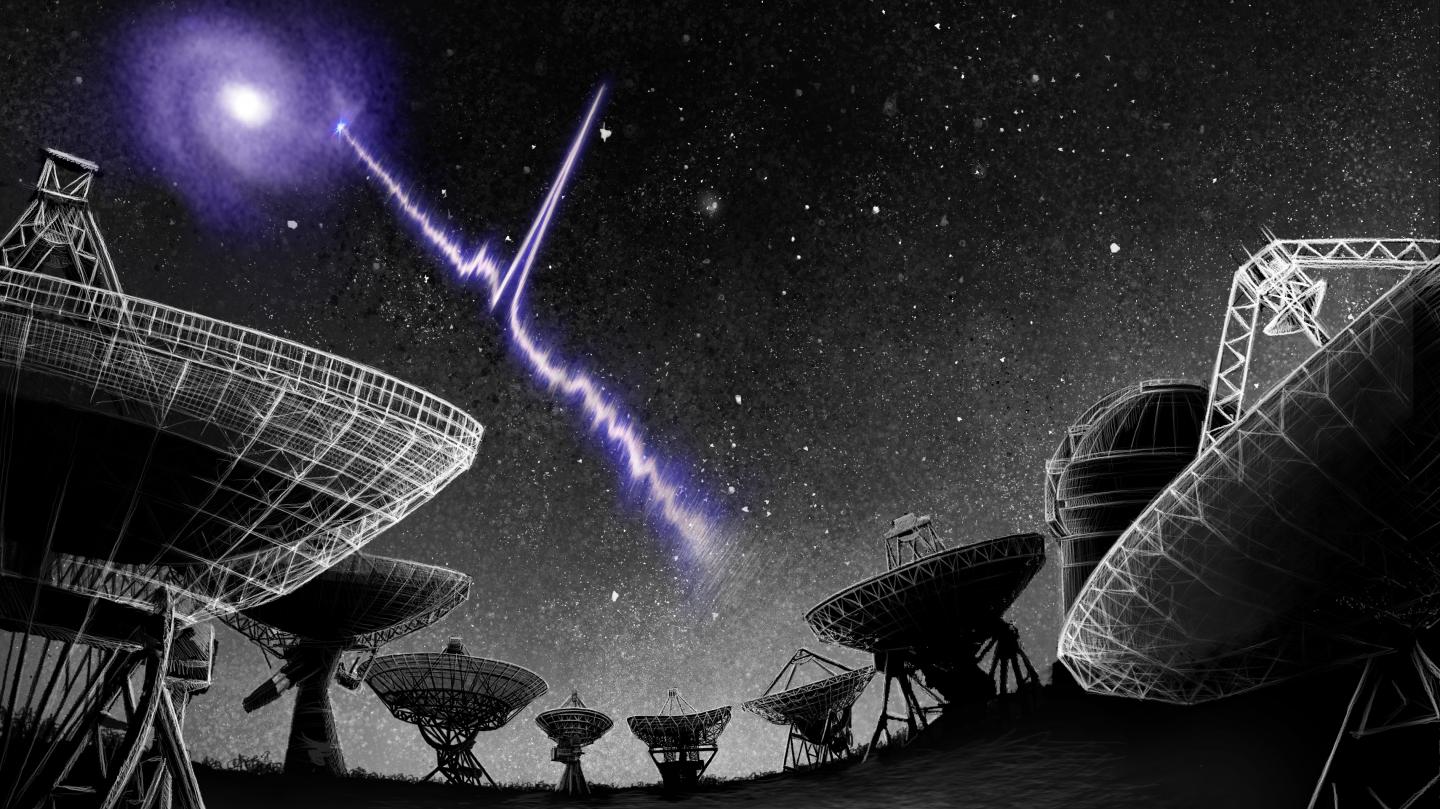
For several years it was thought that FRBs were one offs, that is to say whatever object had generated an FRB would never generate another. Just a couple of years ago however the first repeating FRBs were identified and now it is thought that astronomers have identified about 50 repeating FRBs. The question then is whether all FRB sources are actually repeaters, although with different time scales.

Recognizing some FRBs as periodic has allowed radio astronomers to train their instruments on a known repeater and then just wait to catch the full event. Recently this technique has enabled astronomers to catch the furthest ever seen FRB at a distance of about 8 billion light years away. To be able to be heard from such an enormous distance the FRB, which has been given the designation FRB 20220610A, had to pack as much energy as our Sun emits in 30 years into a pulse less that one thousandth of a second.

Although there is a great deal that is still unknown about FRBs a consensus of opinion is growing that FRBs are generated by neutron stars with extremely strong magnetic fields known as magnetic-stars or magnetars. (See my post of 21November 2020 concerning neutron stars) Neutron stars are the remnants of big stars, at least 10 times the mass of our Sun, that have exploded as supernovas., Whatever is left, about the mass of our Sun, is crushed down to a size about 20-40km in diameter, becoming in a sense a big atomic nucleus made almost exclusively of neutrons. Even though astronomers have begun to agree on the source of FRBs however there was still a debate over how magnetars stars generated the radio outbursts, the two leading candidates being either something like a solar flare or some kind of starquake in the magnetar’s surface.

Recently a new study by Tomonori Totani and Yuya Tsuzuki at the University of Tokyo’s Department of Astronomy has compared the time and energy distribution of some 7,000 FRBs from those 50 repeating sources to seismic measurements of nearly 6,000 Earthquakes from Japan. What the two found was several similarities between the two sets of data, especially when it came to aftershocks. In summary the similarities were:
1. The probability for an aftershock occurring was 10-50%
2. The probability for an aftershock decreased with time as a power of time.
3. The probability for an aftershock remains constant even as the mean rate of the original FRB changes.
4. There is no correlation between the energies of the main FRB and any aftershocks.

On the other hand the astronomers found no relationship between FRBs and solar flares. This analysis strongly suggests that FRBs are generated by starquakes on the surface of magnetars. If that is true then we may be able to use the data from FRBs to help us better understand these ultra-dense onjects.
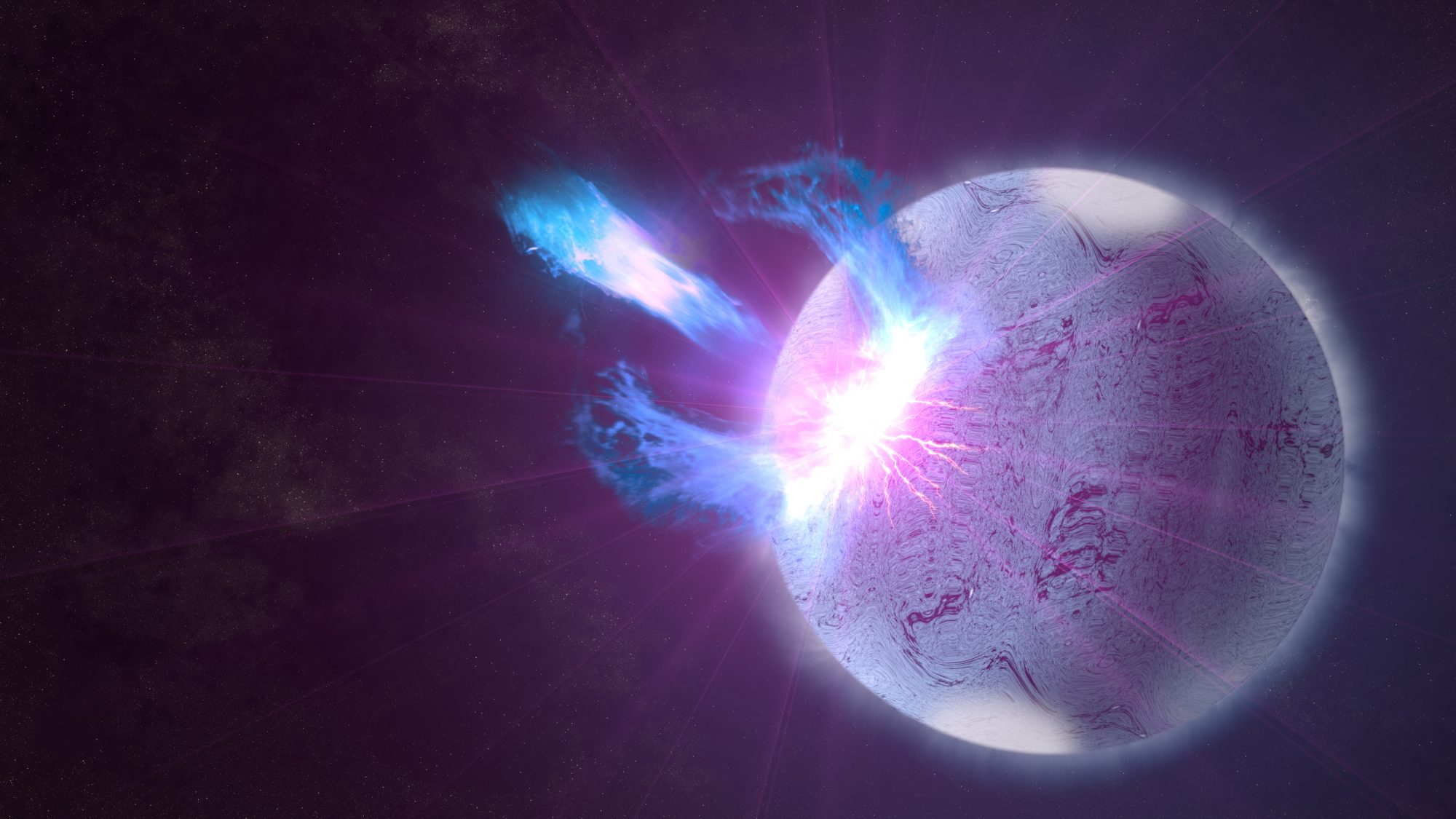
Doctors Totani and Tsuzuki intend to continue their analysis, hoping that further measurements from more FRBs may tell us more about FRBs and the weird cosmic wonders that generate them.



